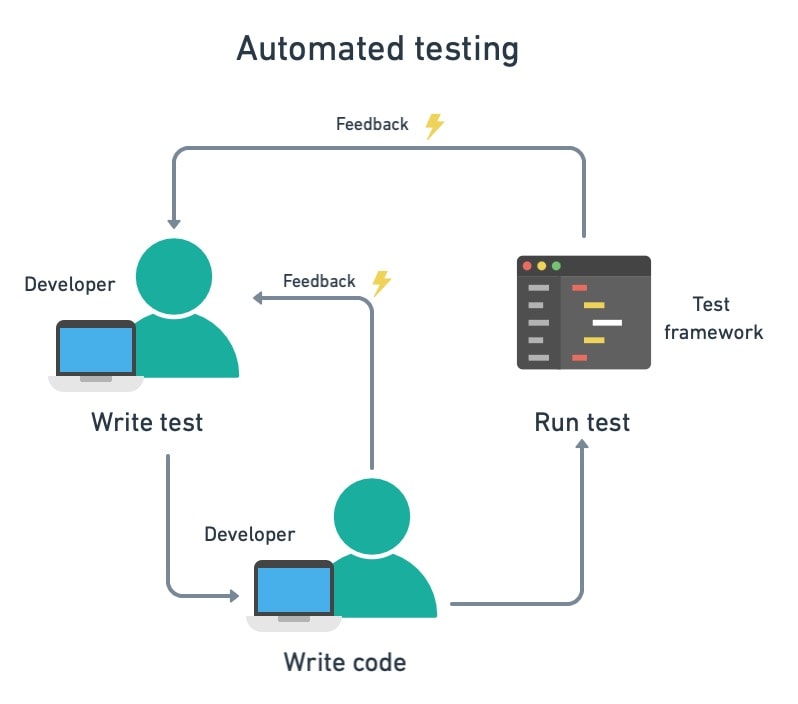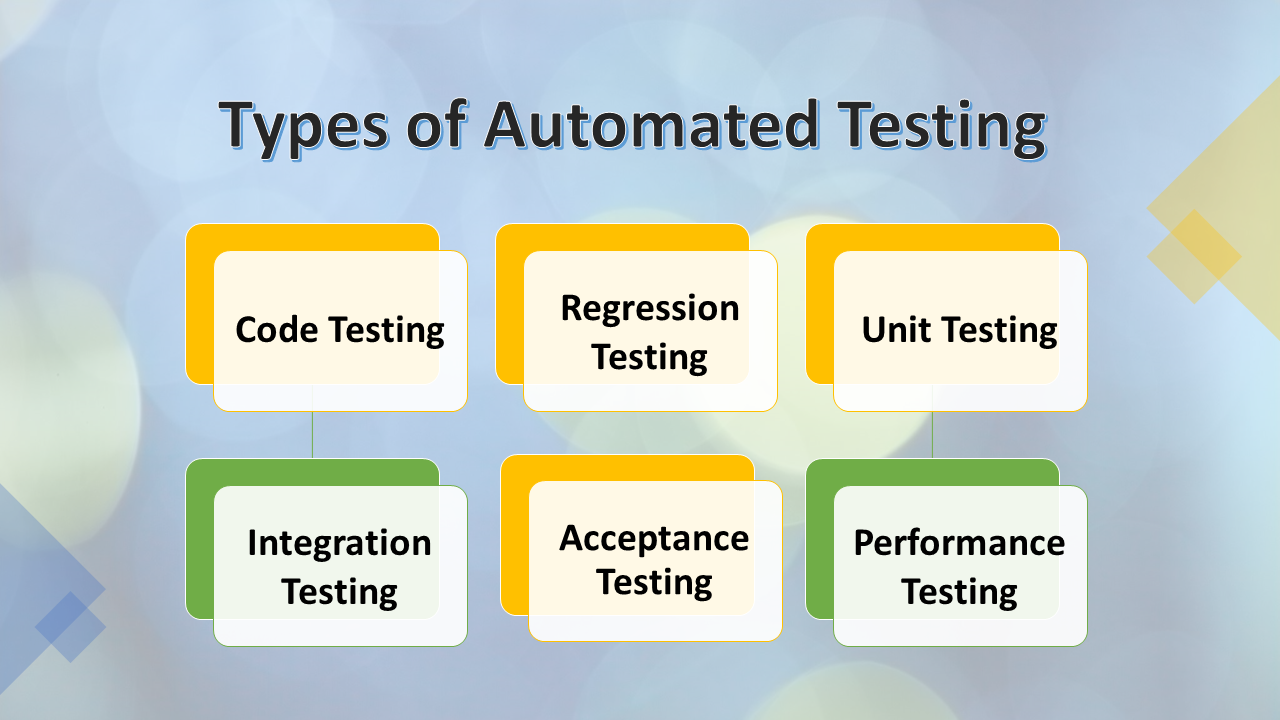Guaranteeing Success in Automation Testing: Secret Metrics, Challenges, and Solutions Every QA Group Need To Know
In the world of software high quality guarantee, the landscape of automation screening is ever-evolving, requiring a careful strategy to make certain seamless procedures. The trip to grasping automation testing is paved with subtleties that call for an eager eye for tracking, evaluation, and continuous improvement. As the sector thrusts forward, the pursuit for optimum efficiency in automation screening continues to be a constant search, urging QA groups to equip themselves with the understanding and methods crucial for triumph.
Importance of Key Metrics
Understanding the relevance of crucial metrics is essential for assessing the performance and effectiveness of automation screening processes. Secret metrics offer as quantifiable procedures that provide valuable understandings into numerous facets of the screening procedure, such as test insurance coverage, test execution time, defect thickness, and test instance efficiency. By evaluating these metrics, QA teams can identify traffic jams, inadequacies, and areas for renovation within their automation screening framework.
One crucial facet of vital metrics is their capability to track development and check the general health of the screening process (automation testing). They allow stakeholders to make educated choices based upon data-driven understandings, which can lead to more efficient screening approaches and better source appropriation. Furthermore, key metrics can aid teams set reasonable objectives, determine the success of automation initiatives, and demonstrate the ROI of automation testing initiatives

Typical Difficulties Encountered
Challenges frequently encountered in automation testing processes can considerably impact the general effectiveness and efficiency of QA groups. One of the major obstacles is the selection of the right examination cases for automation. Not all test instances are ideal for automation, and choosing the wrong ones can cause lost time and resources. Furthermore, keeping test manuscripts can be a complicated job, particularly as the application undergoes constant changes. Examination manuscript upkeep calls for continuous updates and adjustments to guarantee they reflect the current capability properly. Another typical challenge is the preliminary investment needed for establishing automation structures and tools. This can be an obstacle for some companies, particularly smaller ones with restricted budgets. Additionally, automation testing may not cover all elements of screening, such as use and individual experience screening, which still call for hands-on intervention. Overcoming these obstacles requires correct planning, critical examination instance selection, robust maintenance processes, appropriate resources, and a clear understanding of the restrictions of automation testing.
Reliable Solutions for Challenges
To attend to the barriers run into in automation screening, implementing efficient options is vital for boosting the efficiency and performance of QA groups. One vital remedy is to purchase durable training programs for QA teams to guarantee they have the required abilities to effectively utilize automation tools. Training can bridge understanding spaces, boost understanding of automation frameworks, and boost scripting capacities, inevitably resulting in a lot more efficient test creation and execution.
An additional vital service is advice to establish clear interaction networks within the QA team and with other stakeholders, such as designers and job supervisors. Reliable communication aids in straightening expectations, sharing progression updates, and immediately addressing problems or obstructions that may occur throughout the automation screening process.

Tracking and Evaluation Techniques
Implementing effective tracking and analysis techniques is critical for making certain the success and efficiency of automation screening procedures. Furthermore, examining examination results and metrics supplies beneficial insights right into the high quality of the software being examined and the efficiency of the testing approach.
One key method in monitoring and evaluation is making use of dashboards that consolidate pertinent metrics and KPIs in an aesthetically obtainable format. These control panels provide a thorough review of examination execution condition, examination coverage, problem patterns, and various other vital info. Consistently examining and assessing these dashboards can help QA groups make notified decisions, prioritize jobs, and optimize testing initiatives.
In addition, applying automated notifies and alerts based upon predefined thresholds can improve proactive surveillance and prompt treatment. By establishing up here are the findings informs for efficiency discrepancies or test failures, teams can deal with issues without delay and prevent them from intensifying. Generally, surveillance and analysis methods play a vital duty in guaranteeing the performance and success of automation testing initiatives.
Continual Improvement Strategies
Enhancing the efficiency of automation testing procedures necessitates the constant improvement of techniques and techniques. Continuous enhancement methods are crucial for QA teams to adjust to developing innovations and deliver top notch software program items. One crucial technique to improving automation screening processes is to perform regular evaluations and retrospectives. By analyzing past testing cycles, teams can recognize bottlenecks, inadequacies, and areas for improvement. Executing feedback loops and integrating lessons learned into future screening frameworks can produce substantial renovations in time.

Conclusion
In conclusion, it is essential for QA teams to comprehend the vital metrics, challenges, and options in automation testing to ensure success. By very carefully monitoring and analyzing information, carrying out effective remedies to typical challenges, and constantly enhancing methods, QA teams can enhance their screening procedures and supply high-quality software. Sticking to these techniques will eventually result in extra reliable and reliable automation screening practices.
By analyzing these metrics, QA groups can recognize bottlenecks, inadequacies, and areas for renovation within their automation screening structure.
Additionally, crucial metrics can aid teams established realistic goals, determine the success of automation efforts, and demonstrate the ROI of automation testing efforts.
Obstacles commonly encountered in automation testing processes can considerably impact the general performance and efficiency of QA groups. Automation testing might not cover all facets of testing, such as functionality and user experience testing, which still need hands-on treatment.In conclusion, it is vital for QA groups to recognize Bonuses the essential metrics, obstacles, and remedies in automation screening to make certain success.